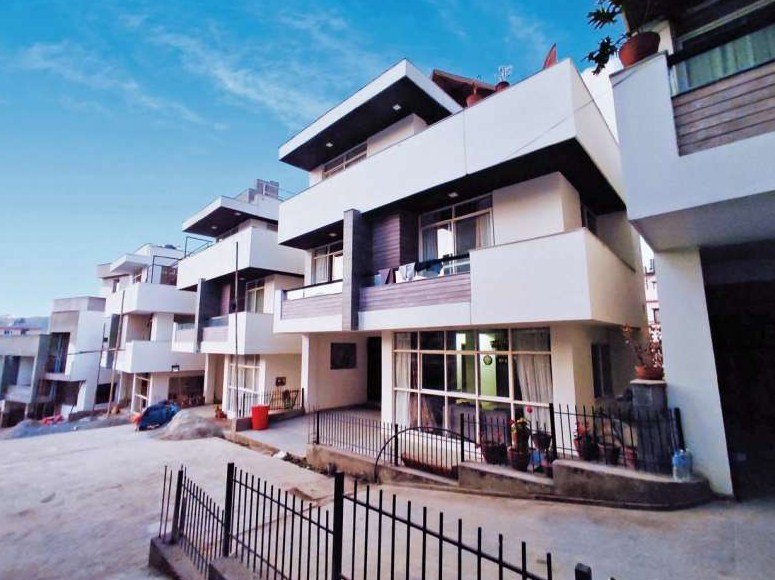The real estate sector in Nepal has witnessed a marginal increase in the month of Mangsir (November-December), according to the latest data from the Department of Land Management and Archive (DoLMA). The government has also collected Rs 3 billion in revenue from land registration fees in the same period, indicating a revival of the sector after the Covid-19 pandemic.
Land transactions rise by 8 percent
According to DoLMA, a total of 47,724 land transactions were recorded in the month of Mangsir, which is 8 percent higher than the previous month of Kartik (October-November), when 44,191 transactions were registered. The highest number of transactions was recorded in Province 2, followed by Bagmati Province and Province 1. The lowest number of transactions was in Karnali Province, where only 1,029 land deals were made.
The increase in land transactions reflects the growing demand for land and housing in the urban areas, especially in the Kathmandu Valley, where the population density is high and the supply of land is limited. The real estate sector is also benefiting from the low interest rates offered by the banks and financial institutions, as well as the government’s incentives for the construction sector, such as tax waivers and subsidies.
Government revenue surges by 36 percent
The government has also earned Rs 3 billion in revenue from land registration fees in the month of Mangsir, which is 36 percent higher than the previous month of Kartik, when the revenue was Rs 2.2 billion. The highest revenue was collected from Bagmati Province, where the government earned Rs 1.6 billion, followed by Province 2, where the revenue was Rs 604 million. The lowest revenue was from Karnali Province, where the government collected only Rs 16 million.
The surge in revenue is attributed to the increase in land transactions, as well as the hike in the land valuation rates by the government in some districts. The government had revised the land valuation rates in 21 districts in the month of Shrawan (July-August), which increased the land registration fees by 15 to 20 percent. The government had also imposed a 10 percent service charge on the land registration fees from the month of Ashoj (September-October), which added to the revenue collection.
Challenges and opportunities for the real estate sector
The real estate sector in Nepal has faced many challenges in the past few years, such as the devastating earthquakes of 2015, the economic blockade by India, the political instability, the Covid-19 pandemic, and the lockdowns. These factors have adversely affected the demand and supply of land and housing, as well as the investment and financing of the sector. The sector has also suffered from the lack of clear and consistent policies and regulations, as well as the issues of land ownership, taxation, and corruption.
However, the sector also has many opportunities for growth and development, as the urbanization rate in Nepal is increasing and the demand for land and housing is rising. The sector can also benefit from the government’s initiatives to promote the construction sector, such as the National Housing Policy, the National Urban Development Strategy, the Integrated Settlement Development Program, and the Affordable Housing Program. The sector can also leverage the potential of foreign direct investment (FDI), remittance inflows, and public-private partnerships (PPP) to boost the supply and quality of land and housing.
The real estate sector is one of the key contributors to the national economy, as it generates employment, income, and revenue for the government and the people. The sector also has a significant impact on the social and environmental aspects of the country, as it affects the living standards, health, and well-being of the people, as well as the land use, infrastructure, and urban planning of the country. Therefore, the sector needs to be regulated and developed in a sustainable and inclusive manner, with the participation and coordination of all the stakeholders, including the government, the private sector, the civil society, and the consumers.

